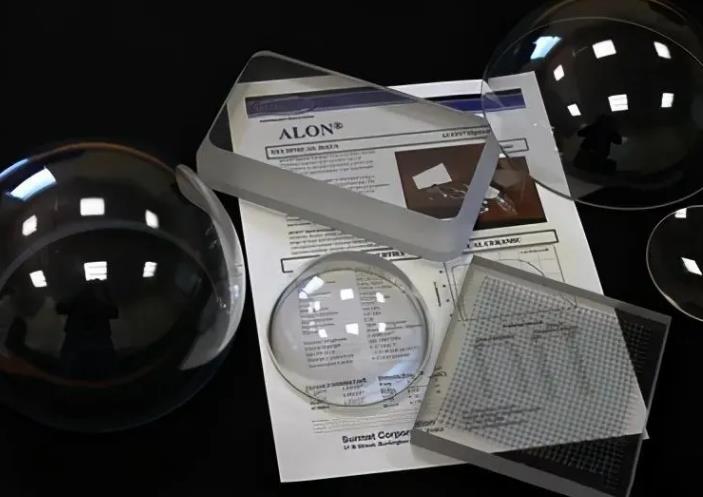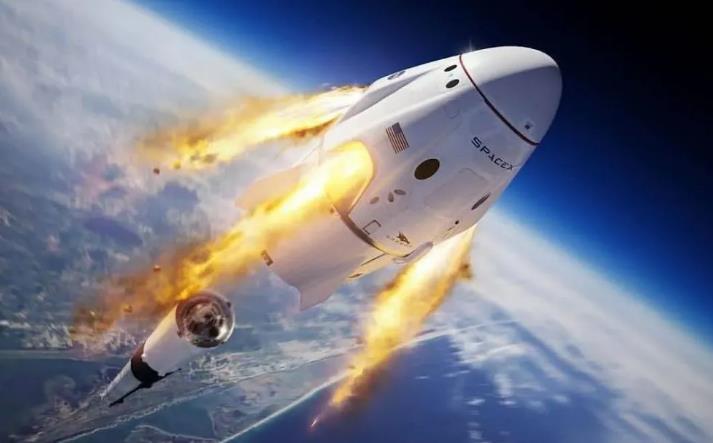Ceramics is an important part of human production and life. The application, evolution and development history of ceramics are also the development history of human civilization. Ceramic materials play a huge role in a number of fields outside of life. Let's take a look at some incredible ceramic applications.
"Bulletproof" ceramics
Bulletproof ceramics belong to a family of inorganic non-metallic materials. As special ceramics, different from ceramic vessels, the preparation of bulletproof ceramics needs to go through a series of complex processes such as powder preparation, molding processing and high-temperature sintering. It is the product of the rapid development of modern technology such as chemistry, metallurgy and materials. At the end of World War I, German experts claimed that steel armor was greatly improved by applying a layer of enamel on top of it.
"Bulletproof" ceramics are harder than tempered glass. There is a transparent ceramic material called alumina nitride, also known as ALON. Scientists have been exploring the properties of alumina nitride since the 1970s.In 1986, alumina nitride transparent ceramics were invented, and the patent was later awarded by Surmet Company in the United States, thus leading to the commercialization of Alon.

ALON is a kind of polycrystal, chemical formulas for Al (64 + x) / 3 o Nx (32 – x), where x can be from 2 to 5, the material has high strength, low quality is now mainly used bulletproof glass, are also used in the high wear-resisting barcode scanning in areas such as window glass, but because of its high cost, the preparation of high input, it is not widely used.
The shell of the spherical tour bus in Jurassic World was made of Alon
Alon does not contain silicon dioxide and is not a polymer compound, but with alumina nitrogen powder to form a transparent ceramic at high temperature, it is a strong competitor of sapphire, in the near-ultraviolet and infrared light is also close to transparent, can withstand the high temperature of 2100℃, Alon has been made of infrared missile fresco 10 years ago. Some special lamps also need to be able to transmit infrared and ultraviolet light, so ALON is also used to make special lampshades.
Poseidon is an unmanned deep submersible
The Imperial College team found that Tantalum Carbide (TaC) and hafnium Carbide (HfC), a ceramic material with the highest known melting point, can withstand temperatures of nearly 4,000 ° C. The melting points of Tantalum Carbide and hafnium Carbide were determined by a novel laser thermal technique and the maximum melting points at 8:2 were 3768 ° C, 3958 ° C and 3905 ° C, respectively, the journal Scientific Reports reported.
Tantrum Carbide and hafnium Carbide are better at resisting high temperatures than any other material known. They protect a spacecraft from the extreme heat of exit or re-entry.
Researator Dr. Omar Sediroth Baraza said the spacecraft nose cap and scientific equipment carried by spacecraft require high-temperature resistant materials, and that Tantalum Carbide, or hafnium Carbide, could be used for future supersonic missions. It could also be used to make shells for supersonic aircraft that could fly from London to Sydney in just 50 minutes, opening up new business opportunities in countries around the world.
American spacecraft
In the vast space exploration missions in the modern aerospace field, space equipment chosen materials must conform to the heat resistance, low-temperature resistance, high toughness, high hardness, high dielectric strength, abrasion resistance and mechanical reliability, special ceramic materials in cobalt oxide, silicon carbide, ceramic alloy, rare earth porcelain counterpart stand out.

A load of dirt and to China in December last year "chang-er's no. 5" lunar probe, infrared imaging spectrometer is the heart of the piezoelectric ceramic ultrasonic motor controller, based on optical telescope primary mirror and the secondary mirror is developed by Shanghai silicate and guide the high density of silicon carbide ceramics materials, as a substrate for electrical appliances is zirconia materials, in addition to this, Ceramic bearings and nano-ceramic aluminum alloys, and composite rare earth diaphragm materials are also used in key locations.
The Chang 'e-5 lunar probe
Ceramic materials are also widely used in the automotive industry. Ceramic brake pads (metal) are made of mineral, aramid and ceramic fiber materials that are cleaner and quieter than steel, providing excellent braking performance without wearing out the dual parts.
When the car is braking vigorously at high speed, the friction on the surface of the brake parts will produce a temperature of nearly 900℃ or even higher, which will easily lead to the melting of the surface material of the parts and even the production of air cushion, resulting in a sharp decrease in performance or even the complete loss of the brake. And the high temperature will make the ceramic brake pad sintering, alleviate the melting phenomenon, make up for the lack of models and semi-metal type brake pads, friction, noise significantly reduced, the damage to the brake disc will also be significantly reduced.

A charcoal clay brake pad on a car
Ceramic bearings are widely used in the manufacturing industry, has high-temperature resistance, cold-resistant, wear-resistant, corrosion-resistant, magnetoelectric resistance, oilless self-lubrication, features such as high speed, adapt to the extreme environment and the special operating mode, in aviation, spaceflight, navigation, petroleum, chemical industry, automobile, electronics, metallurgy, electric power, textile, pumps, medical equipment, scientific research and national defense military and other fields are everywhere.
Ceramic bearing rings and rollers are made of zirconia (ZrO2), silicon nitride (Si3N4), silicon carbide (SiC) and other materials. The ceramic sphere has a lower density than steel, lighter weight, and the centrifugal action can be reduced by 40% when rotating, thus greatly prolongs the service life. The influence of thermal expansion and cold contraction is also smaller than that of steel, so ceramic bearings can work in an environment where the temperature difference changes more violently. These advantages allow ceramic materials to replace metal materials.


